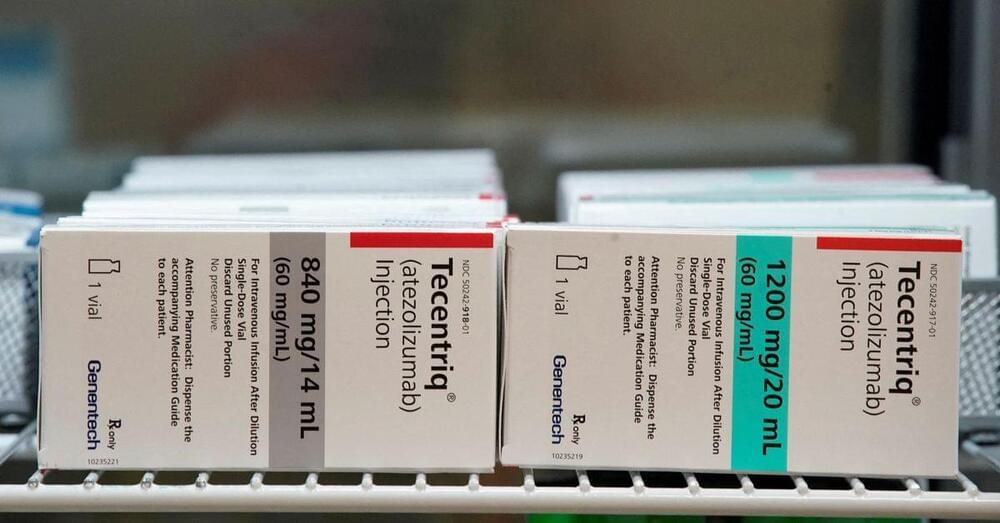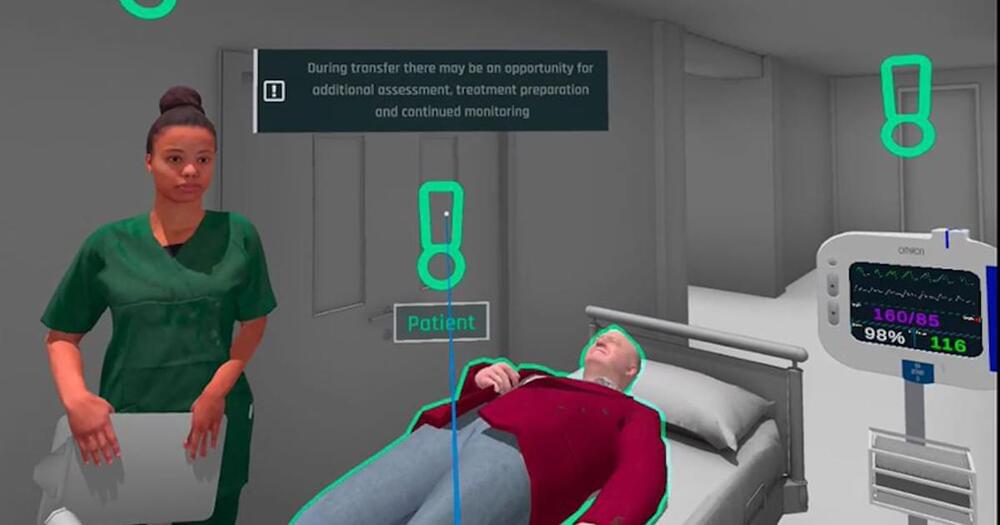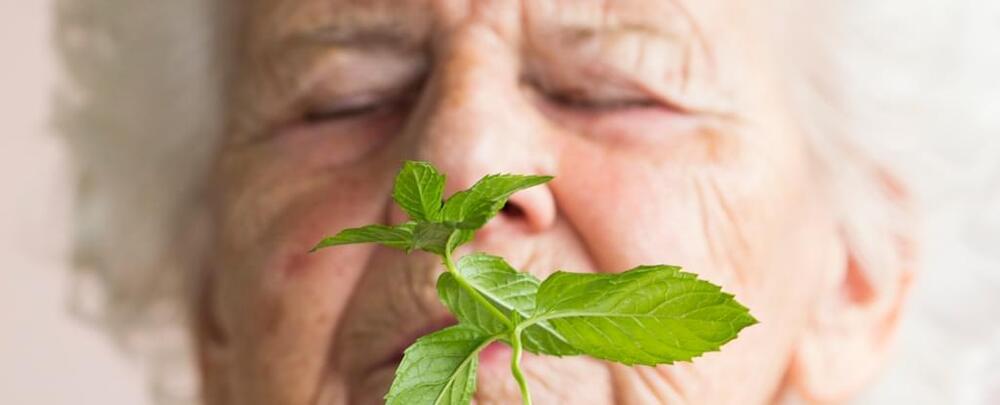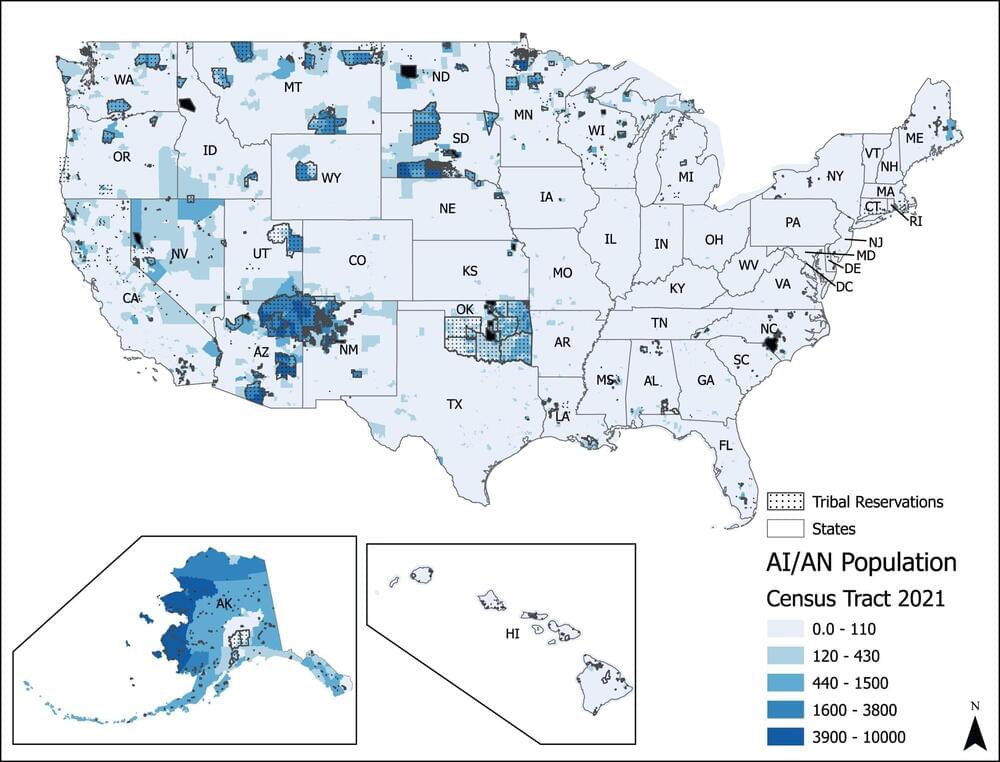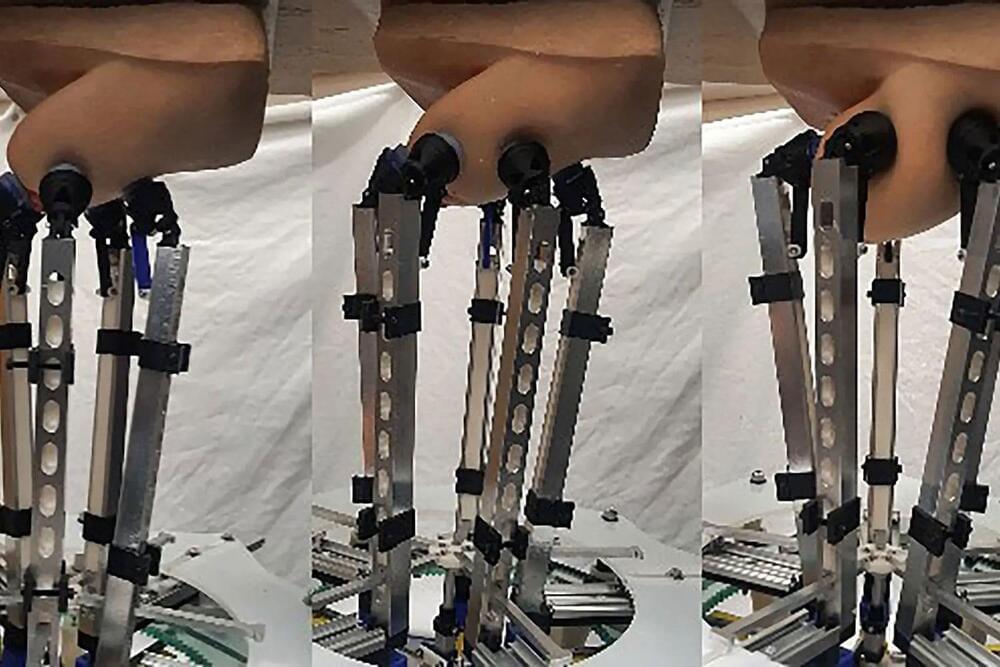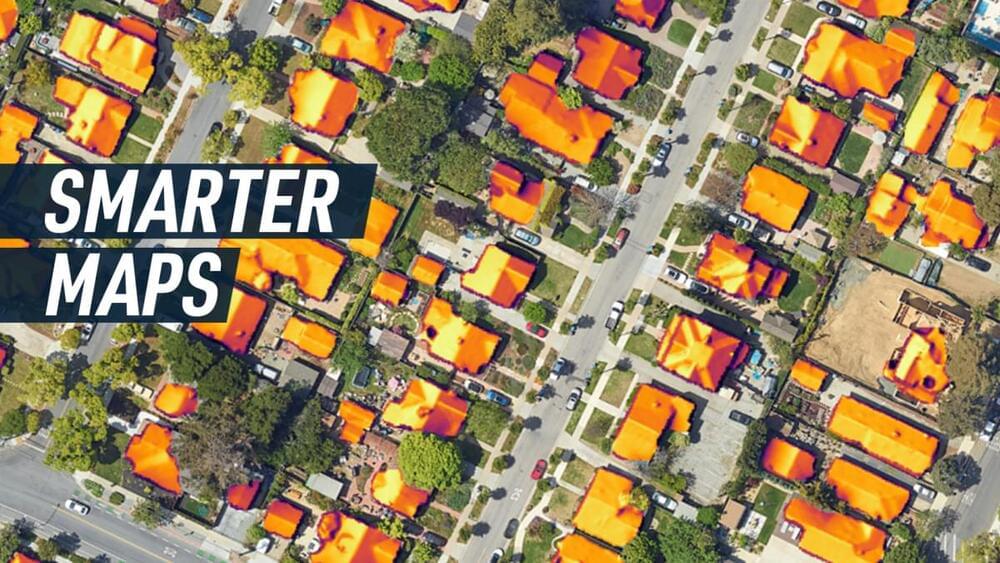Aug 29 (Reuters) — Britain’s state-run national health service will be the first in the world to offer an injection that treats cancer to hundreds of patients in England which could cut treatment times by up to three quarters.
Following approval from the Medicines and Healthcare products Regulatory Agency (MHRA), NHS England said on Tuesday hundreds of eligible patients treated with the immunotherapy, atezolizumab, were set to have “under the skin” injection, which will free up more time for cancer teams.
“This approval will not only allow us to deliver convenient and faster care for our patients, but will enable our teams to treat more patients throughout the day,” Dr Alexander Martin, a consultant oncologist at West Suffolk NHS Foundation Trust said.
